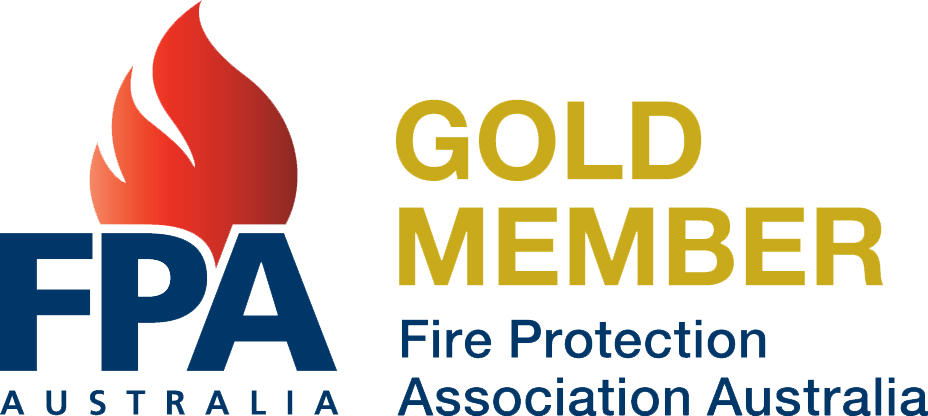A good fire evacuation plan is essential to ensure the safety of people in both residential and workplace settings. It will help to minimise panic, confusion, and injuries during an emergency. Regular review and training on the plan can also help to improve its effectiveness over time. Such a plan should cover the following aspects:
A fire evacuation plan must have clear instructions that are easily understandable to all people, regardless of their age or language. The plan should be communicated to everyone through various means such as posters, training sessions, and regular reminders.
All buildings must have emergency exits that are clearly marked and unobstructed. The exits must be accessible to everyone and should lead directly to a safe area outside the building.
An assembly point should be designated outside the building where people can gather after evacuating. This area should be at a safe distance from the building and large enough to accommodate everyone.
Designate individuals who will take on specific roles in the event of a fire emergency. Assigning roles such as fire wardens, evacuation leaders, and first aid providers can help ensure that the evacuation is carried out efficiently.
Regular fire warden training is a vital aspect of emergency preparedness in the workplace. It involves teaching designated wardens how to respond to emergencies, evacuate the building, and guide others to safety, improving the overall safety of the premises.
Regular fire drills are important to ensure that everyone knows what to do in case of a fire emergency. These drills should be conducted during different times of the day and include scenarios that reflect different types of emergencies.
Special considerations such as a Person Emergency Evacuation Plan (PEEP) should be made for people with disabilities, ensuring they have a safe and accessible route to evacuate the building.
These are crucial in any building or workplace to ensure the safety of its occupants during emergencies such as fires, natural disasters, and terrorist attacks. These evacuation diagrams and emergency procedure plans provide clear instructions on the location of emergency exits, assembly points, and other critical information that can help people quickly and safely evacuate the building.


